In the world of strength training, recognizing where you stand in your journey is essential for long-term success. Many gym-goers ask whether they are still beginners or if they’ve advanced to the next stage. Understanding the transition from novice to intermediate lifter can help shape your workout programming, recovery needs, and expectations for progress.
What Defines a Beginner, Novice, and Intermediate Lifter?
Beginner lifter: A beginner typically refers to someone who is new to resistance training—usually with fewer than six months of consistent workouts. Their body is highly responsive to basic training, allowing for rapid strength gains, often week to week. Most of their improvements come from neuromuscular adaptation, as they learn proper form and movement patterns.
Novice lifter: A novice is slightly more advanced than a beginner, often with around 6–12 months of training experience. At this stage, linear progression (adding weight each session or week) is still effective, but plateaus begin to appear. A novice lifter has built a foundation but hasn’t yet developed the work capacity or movement efficiency seen in more seasoned lifters.
Intermediate lifter: This stage typically begins after one to two years of structured training. Intermediate lifters have exhausted linear gains and require more strategic programming—like periodization or training blocks—to continue progressing. They are stronger, more consistent in form, and recover slower than beginners due to heavier loads. Recognizing you're an intermediate lifter means it's time to shift your focus from just adding weight to optimizing variables like intensity, volume, frequency, and recovery.
What is an Intermediate Lifter Physique?
The physical changes between a beginner and intermediate lifter are noticeable. While beginners might show initial improvements in muscle tone and posture, an intermediate lifter tends to have visible muscular development, especially in the shoulders, arms, and legs. This physique reflects both hypertrophy and strength, developed through more complex programming and higher training volume.
Beginner vs Intermediate Lifter: Key Differences
| Feature | Beginner Lifter | Intermediate Lifter |
|---|---|---|
| Training Experience | 0–6 months | 1–2+ years |
| Progress Rate | Weekly | Monthly or block-based |
| Program Style | Linear progression | Periodized or block training |
| Exercise Knowledge | Basic form, learning movement | Refined technique, variation |
| Physique | Early-stage gains | Noticeable muscle development |
| Recovery Needs | Fast | Moderate |
Intermediate Weightlifting Strategies
At the intermediate level, your workouts need to evolve. Here are a few training strategies that support continued growth:
-
Progressive overload with structure: Instead of adding weight each session, aim for increases over 4–6 week cycles.
-
Exercise variation: Rotate main lifts (e.g., barbell bench press to dumbbell variation) to prevent adaptation and overuse.
-
Recovery prioritization: Sleep, nutrition, and rest days become more important as loads increase.
-
Tracking and planning: Logging your workouts helps identify plateaus and adjust volume accordingly.
Are You Still a Beginner or Now Intermediate?
Ask yourself:
-
Can I still add weight every week without stalling?
-
Do I need to manipulate training variables to make progress?
-
Have I trained consistently for over a year?
-
Have my gains slowed compared to the early months?
If your answer leans toward yes for the latter questions, chances are you've moved into intermediate territory.
Final Thoughts
Understanding where you are in your training journey allows you to train smarter—not just harder. Beginners benefit from simplicity and consistency. Novices build the base. Intermediates, however, must embrace strategic programming and patience to keep improving. No matter your current level, respecting the process is the key to sustainable progress.




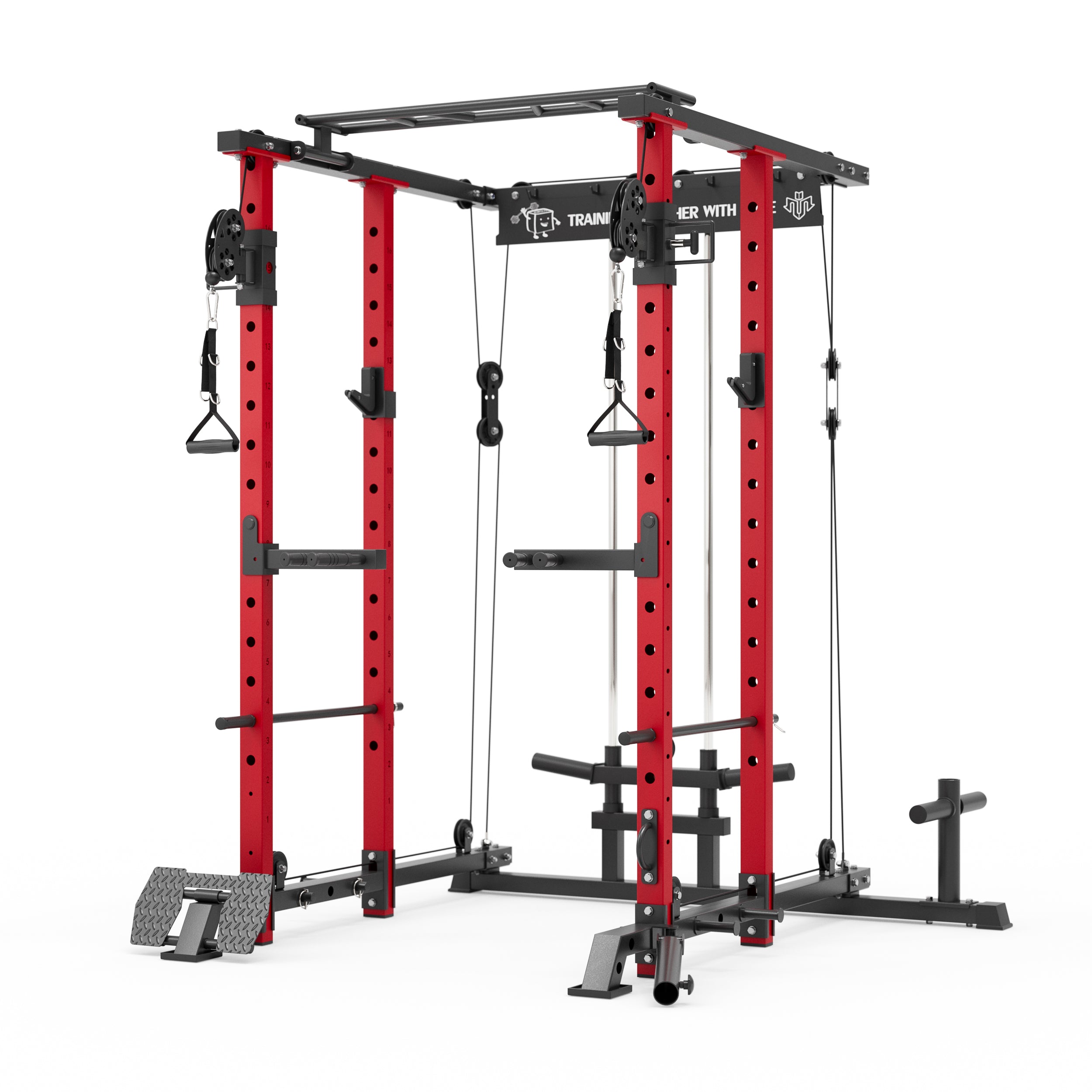


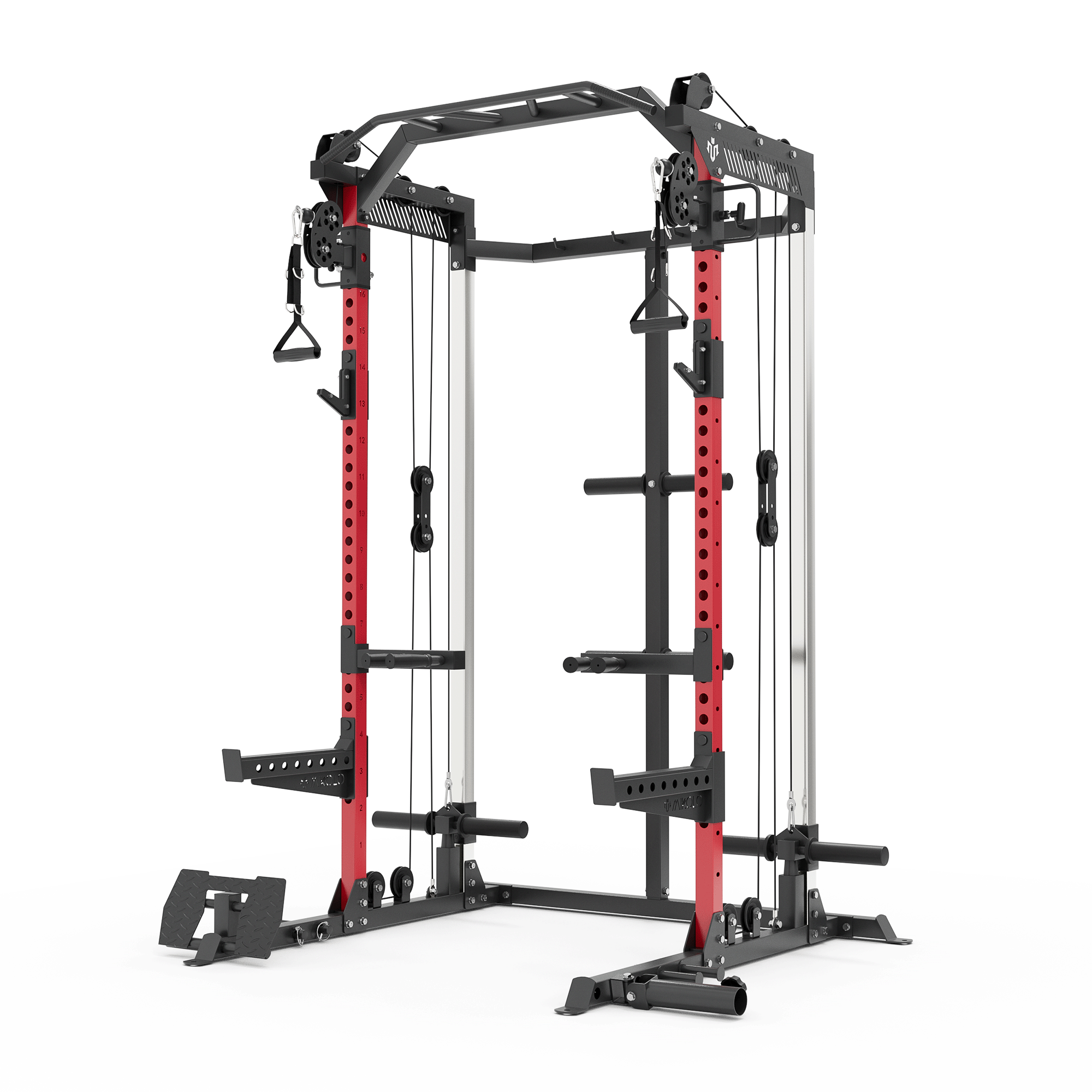



















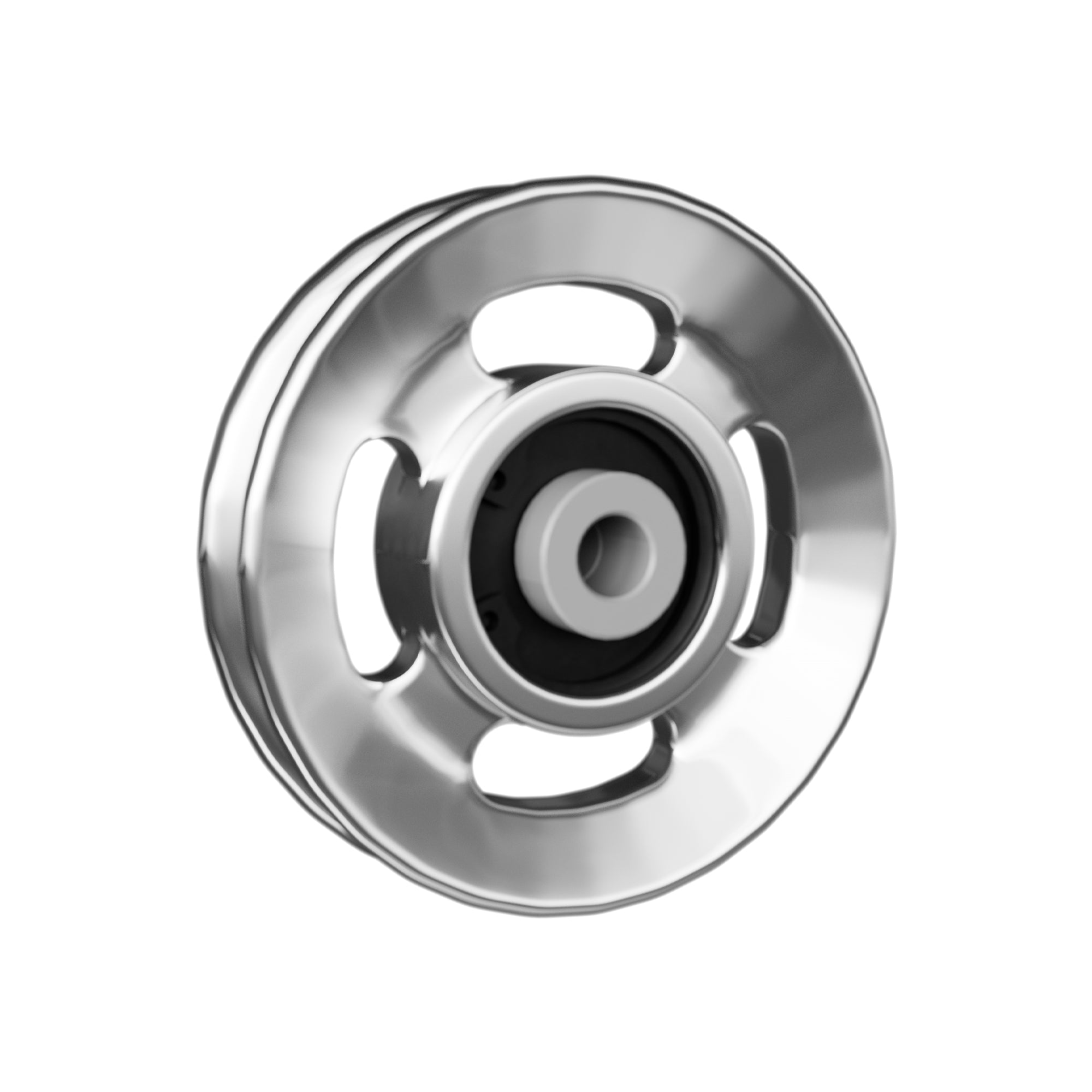



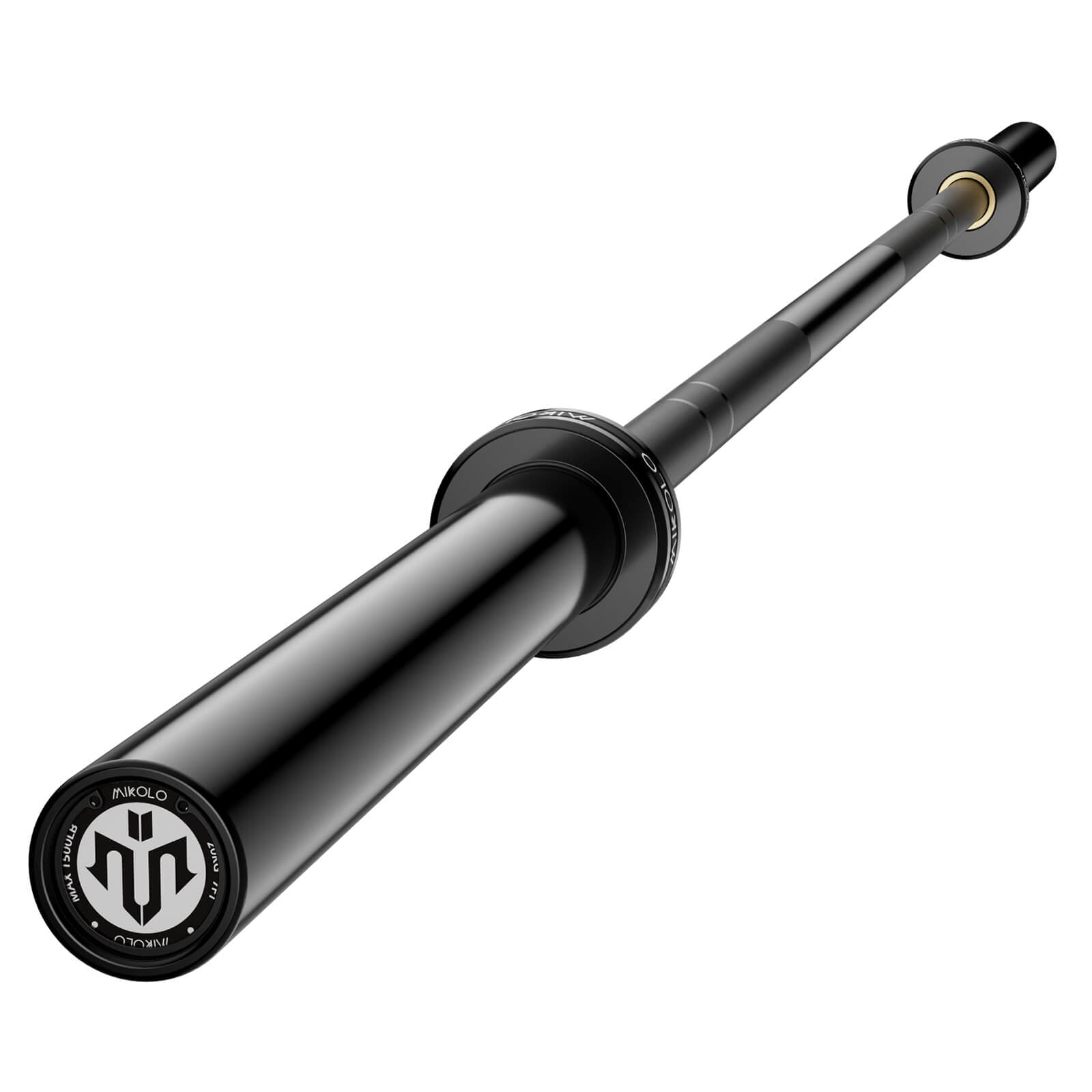
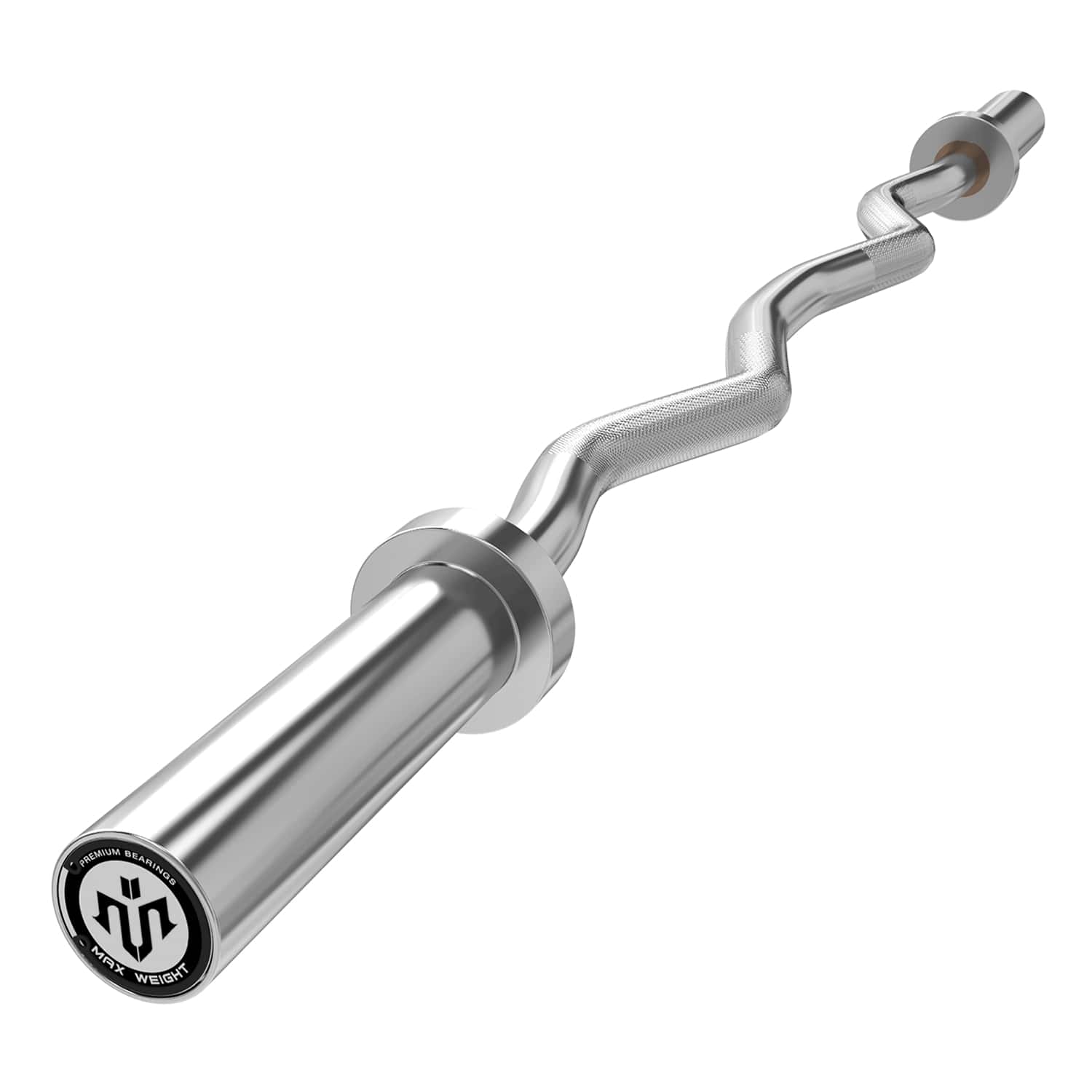







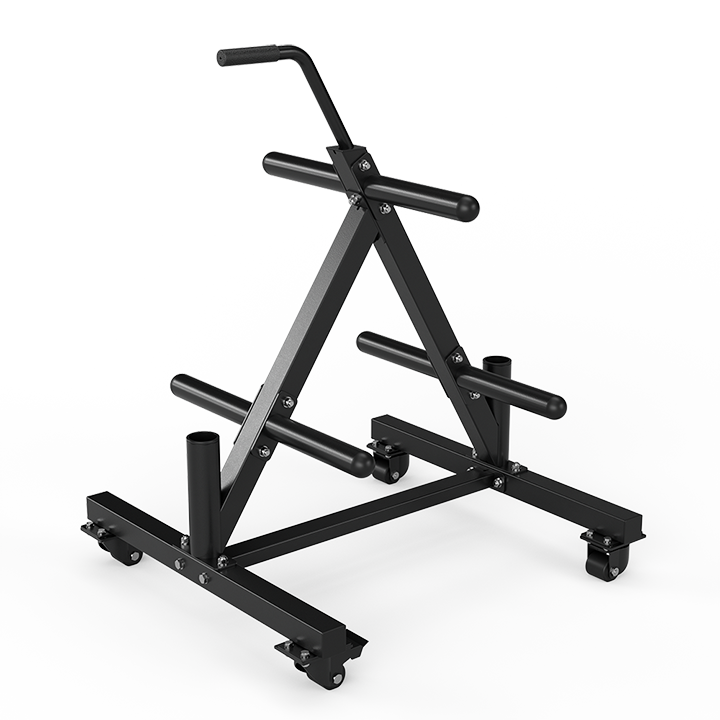





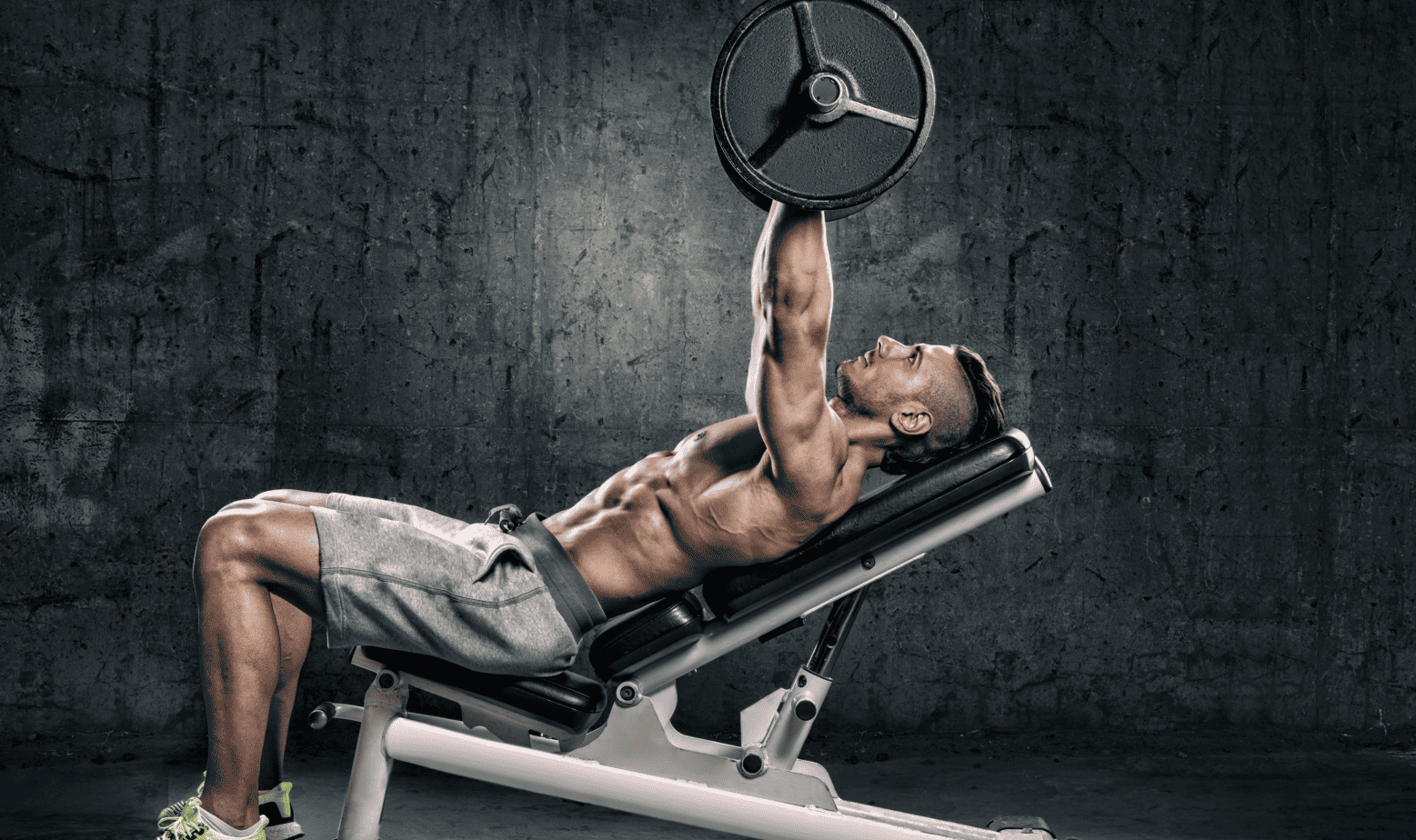
Leave a comment
This site is protected by hCaptcha and the hCaptcha Privacy Policy and Terms of Service apply.